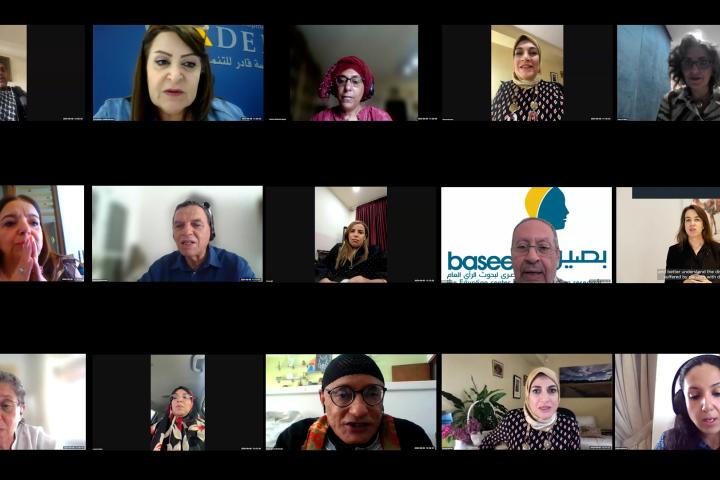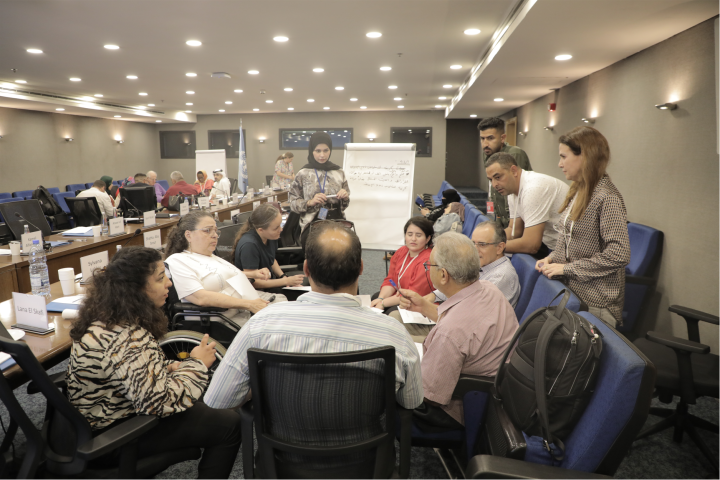ESCWA launched in partnership with the League of Arab States a technical report on "Disability in the Arab Region: An Overview". The launch took place during a regional seminar on disability policies in Arab countries in light of the Convention on the Rights of Persons with Disabilities (CRPD. The technical material compiles disability statistics as well as information on laws, policies and institutions related to disability for all 22 Arab countries. In doing so, "Disability in the Arab Region: An Overview" represents the first instance such baseline information on disability is collected and presented for the Arab region. The technical material strives to explore the situation of persons with disabilities not in isolation, but in the context of the societies in which they live. As such, it focuses on presenting data on persons with disabilities which is comparable to data on total populations. And while such comparable and updated data tends to be limited in the region, this focus allows for the examination of the magnitude of existing inequalities and the particular barriers faced by persons with disabilities in Arab societies.
The findings of the technical material highlight a number of key trends in the region. Firstly, according to available data, disability prevalence rates among Arab countries ranges from 0.4 per cent to 4.9 percent. These figures likely represent underestimations, as they contrast sharply with average prevalence in other regions as well as with global averages, and are also considerably low given the widespread occurrence of risk factors and disability causes in the region. Secondly, the technical material highlights that substantial progress has taken place at the policy level, as overarching institutional and legal frameworks related to disability have expanded significantly in the Arab region over recent years. Most Arab countries have put in place national coordination mechanisms on disability, adopted national laws on disability and established focal points for disability related matters in line ministries and other governmental institutions. But finally, available data suggests that, despite enabling legislation, persons with disabilities in the Arab region continue to experience more limited access to employment opportunities and quality education than their peers without disabilities. It is particularly noteworthy that while employment quotas are common in the Arab region, persons with disabilities report substantially lower employment rates than persons without disabilities. Moreover, certain groups, such as women with disabilities, appear to face additional barriers to participating in social and economic life, especially in accessing education and employment opportunities.
Based on these findings, "Disability in the Arab Region: An Overview" offers guidance and recommendations to support continued national efforts to implement the CRPD. In particular, further steps are needed in order to reduce barriers in access to education and employment, improve the evidence base on disability, align definitions of disability with international guidelines, and establish indicators and frameworks for monitoring the impact of disability policies on the ground. To download the technical material, please click here [http://www.escwa.un.org/divisions/div_editor/Download.asp?table_name=divisions_other&field_name=ID&FileID=1658]




